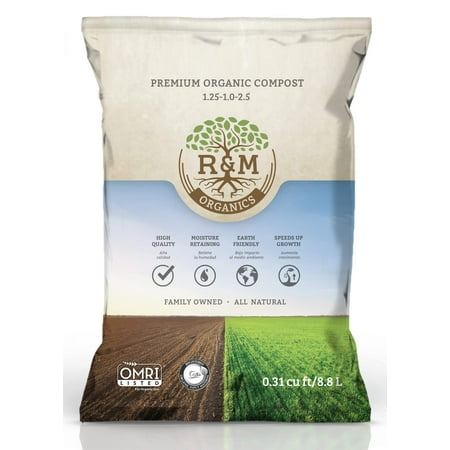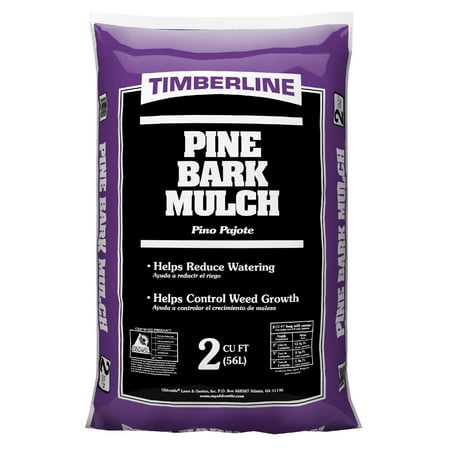I worked as a professional in kitchen gardens across the UK – here are my tips for choosing the best organic mulch for a vegetable garden
Mulching your beds with organic material is key for healthy soil and happy crops and it can be done throughout the year

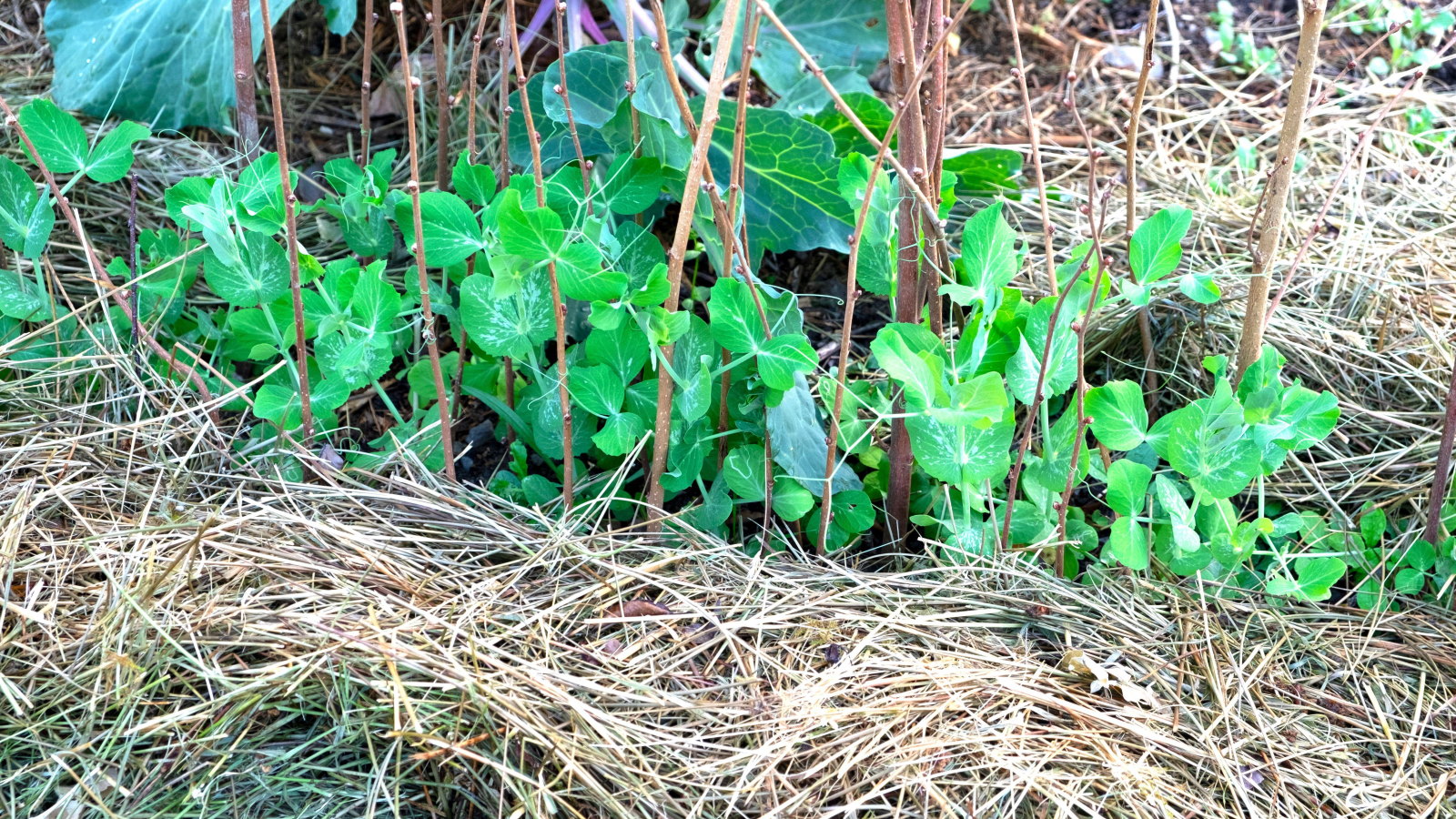
Mulching is a highly recommended and beneficial way to maintain a vegetable garden. The key to happy crops and large harvests comes from nurturing and developing healthy soil - mulching is one of the best ways to achieve that.
I worked in several vegetable gardens during my years as a professional gardener. The gardens varied in size, design, and purpose. Some were predominantly productive and focused solely on growing fruits, vegetables, herbs, and flowers for restaurants. Others were public-facing gardens designed to look good and educate, while the produce was used in on-site cafes and flowers and vegetables sold to garden visitors.
No matter the garden, the one thing that tied them all together was mulch. All the gardens were mulched annually to improve soil health and keep the space productive. This was particularly key in one vegetable garden run according to no-dig gardening principles.

Organic vegetable garden mulches - 5 of the best
There are different types of mulch commonly used in gardens. There are organic and inorganic mulches. Organic options are made from decayed plant material, while inorganic mulches include plastic sheeting and rubber mulches. Using organic matter feeds all soil types and boosts structure and fertility. Mulching a vegetable garden should be an important part of a year-round maintenance regime and these are the best organic mulches to consider.
1. Compost

Compost is a nutrient-rich mulch made from decomposed plant material - it can be a mix of all manner of garden waste that breaks down to make a valuable mulching material. I have regularly spread compost on vegetable garden beds as mulch and it is very satisfying when you step back afterwards to see a good few inches of dark, rich, and crumbly compost covering the beds.
Compost is the best vegetable garden mulch you can choose. It offers a wealth of benefits as a mulching material, smothering weeds and improving the structure and fertility of the soil - compost releases its nutrients over a long period. Compost can be spread in fall or spring, ideally when the soil is damp, but not very wet frozen, and before the weed seeds start to germinate.
Depending on the size of your vegetable garden, you may be able to make your compost. Alternatively, purchase compost from reputable suppliers to ensure it meets EPA Quality Standards. Making sure to source top-quality compost means it has been processed properly and eliminates the risk of any contamination from weed seeds.
Design expertise in your inbox – from inspiring decorating ideas and beautiful celebrity homes to practical gardening advice and shopping round-ups.
2. Straw
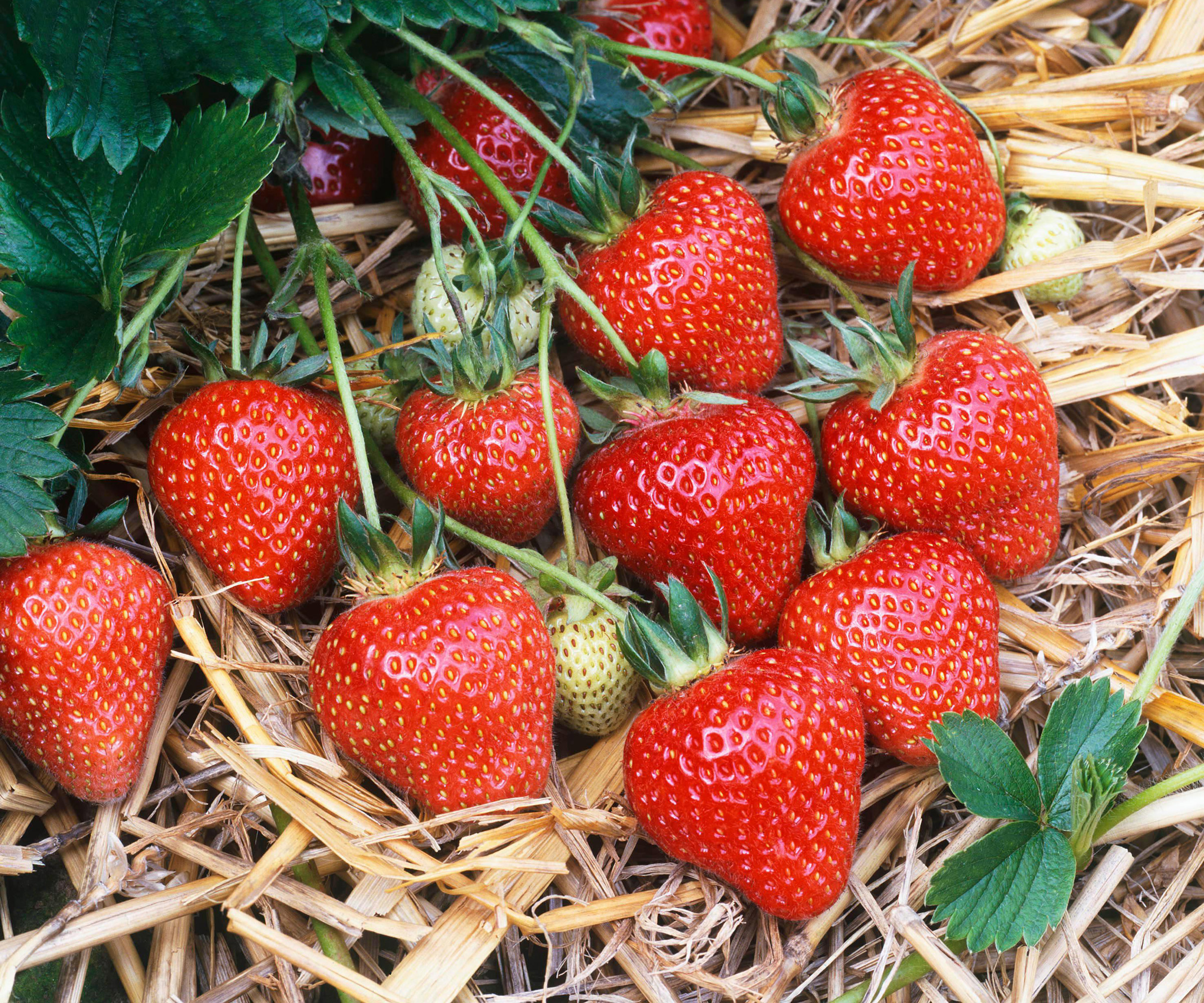
Straw is the dry stalks of cereal plants and the material is a byproduct of the agricultural industry. It is an inexpensive and widely available material, easy to work with, and offers several benefits as an organic mulch in a vegetable garden.
Straw can be used throughout the year as a mulch. During the summer, mulching with straw can be a valuable way to retain soil moisture and suppress weeds. I have used it to mulch strawberries with great success, while pumpkins and melons will also benefit from consistently moist soil.
Another benefit of using straw in the garden to cover the soil during the season is that it can prevent plants from suffering bacterial and fungal diseases from water splashing off the soil. This can be beneficial when growing tomatoes, for example.
I also used straw as a mulching material for overwintering vegetables, to protect root vegetables from frosts. Mulching with straw made harvesting easier than trying to lift vegetables out of frozen ground.
Straw does break down slowly, when I put it down in fall it was then removed in spring and added to the compost bin. While straw can smother weeds and retain moisture in the soil, it will not offer as much nutrients as other mulches - and it can get blown around on windy sites.
Finally, it is important to only use straw, not hay. The latter is an animal feed and will contain lots of seeds.
3 Bark and Woodchips

Shredded prunings from trees or shrubs can be used as mulch. Bark or woodchips can suppress weeds and retain moisture in the soil, but the material breaks down slowly so doesn’t add lots of nutrients into the soil. However, bark and woodchips can still offer benefits in a vegetable garden.
I have used bark and woodchips in vegetable gardens, predominantly using the materials to mulch areas containing perennial plantings - such as soft fruit bushes or around fruit trees. For example, I mulched with woodchip around raspberries, blueberries, and blackcurrants. Such areas require less maintenance and can benefit from the insulation and weed suppression of bark mulches without having to frequently replace the material.
Bark and woodchips are also commonly used to cover paths in vegetable gardens, where it is beneficial that they decompose slowly. The downside of using fresh woodchips directly onto vegetable beds is that they can deprive the crops of nitrogen as they break down - however, there are beneficial places to use bark and woodchips in a productive space.
4. Leaf mold
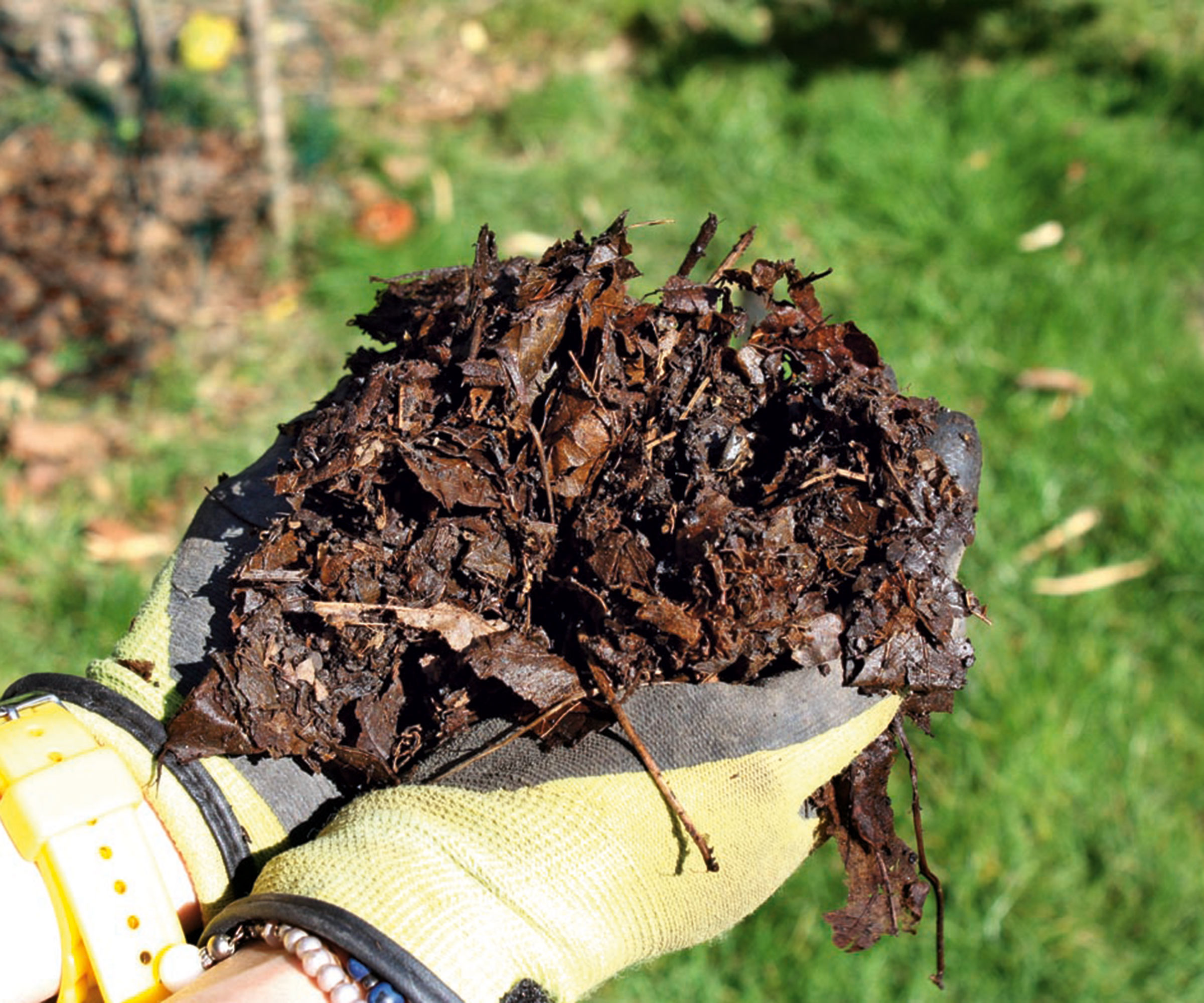
What can be better than a precious potential mulching material that is also free and easy to make? Those leaves that come down in fall can simply be collected together and turned into rich and valuable mulch. Using dead leaves in the garden is a great sustainable way to repurpose them and boost the health of your soil.
Leaf mold was predominantly used in one vegetable garden I worked in. We spread leaf mold made on-site from leaves collected around the garden to mulch all the growing beds in the walled garden.
Leaf mold is produced from decaying leaves and, depending on the type of leaves, can take 1-2 years to make. You can make leaf mulch using a simple wire or wooden bin in which fallen leaves are piled, or the leaves can be put in sealed plastic bags - which will need slits put in to allow airflow.
The process can be sped up by shredding the collected leaves with a lawn mower. Spread leaf mold in fall 2-3 inches thick and it will smother weeds, retain moisture in the soil, and prevent erosion from winter cold and winds.
5. Grass clippings
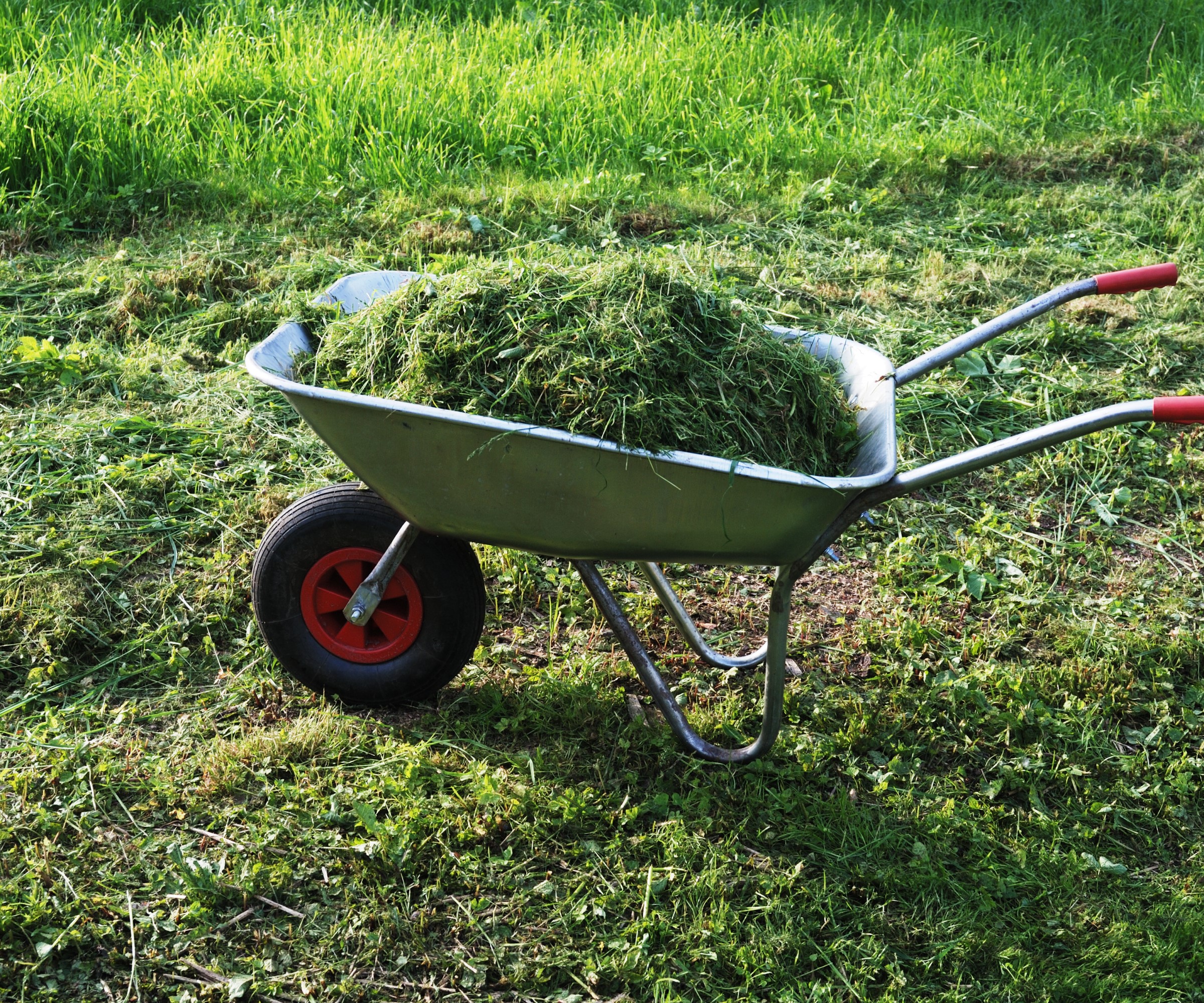
You may wonder what to do with grass clippings after mowing a lawn. Well, a fantastic way to use those clippings is to reuse them as mulch. Using fresh grass clippings in a vegetable garden is a great sustainable way to conserve moisture in the soil, cool the soil from the summer sun, and also add nutrients back into the soil.
Grass clippings are rich in nitrogen - they also contain good levels of potassium and phosphorus - and can be spread thinly around the vegetable garden to break down quickly and release nutrients into the soil. They are a great mulch for growing potatoes, to place around spreading plants such as pumpkins, or any vegetables growing in raised beds.
Always apply the clippings in thin layers, no more than a few inches thick, otherwise, they will form a slimy mat on the surface. Letting the clippings dry a little before spreading will help avoid this. Regularly add to the thin layers throughout the summer, placing the trimmings on the surface of the soil.
FAQs
What is the best mulch for tomatoes and cucumbers?
Mulching tomatoes and cucumbers is highly recommended. Organic materials offer great benefits and can be placed immediately after planting tomatoes or cucumbers. The likes of compost, straw, leaves, or grass clippings are all great options for both types of plants. The mulch will retain moisture in the soil, suppress weeds, and protect the plants from diseases spread by water bouncing off the soil.
Compost and leaf mold are among the best fertilizers for a vegetable garden that growers can choose. Well-rotted manure is also a fantastic organic feed, along with the likes of blood and bone meal, seaweed and homemade comfrey fertilizer. Organic fertilizers tend to be slower at releasing nutrients into the soil than inorganic feeds, such as tomato fertilizer or all-purpose plant food, but make them available to plants for a longer time.

Drew has worked as a writer since 2008 and was also a professional gardener for many years. As a trained horticulturist, he worked in prestigious historic gardens, including Hanbury Hall and the world-famous Hidcote Manor Garden. He also spent time as a specialist kitchen gardener at Soho Farmhouse and Netherby Hall, where he grew vegetables, fruit, herbs, and cut flowers for restaurants. Drew has written for numerous print and online publications and is an allotment holder and garden blogger. He is shortlisted for the Digital Gardening Writer of the Year at the 2025 Garden Media Guild Awards.
